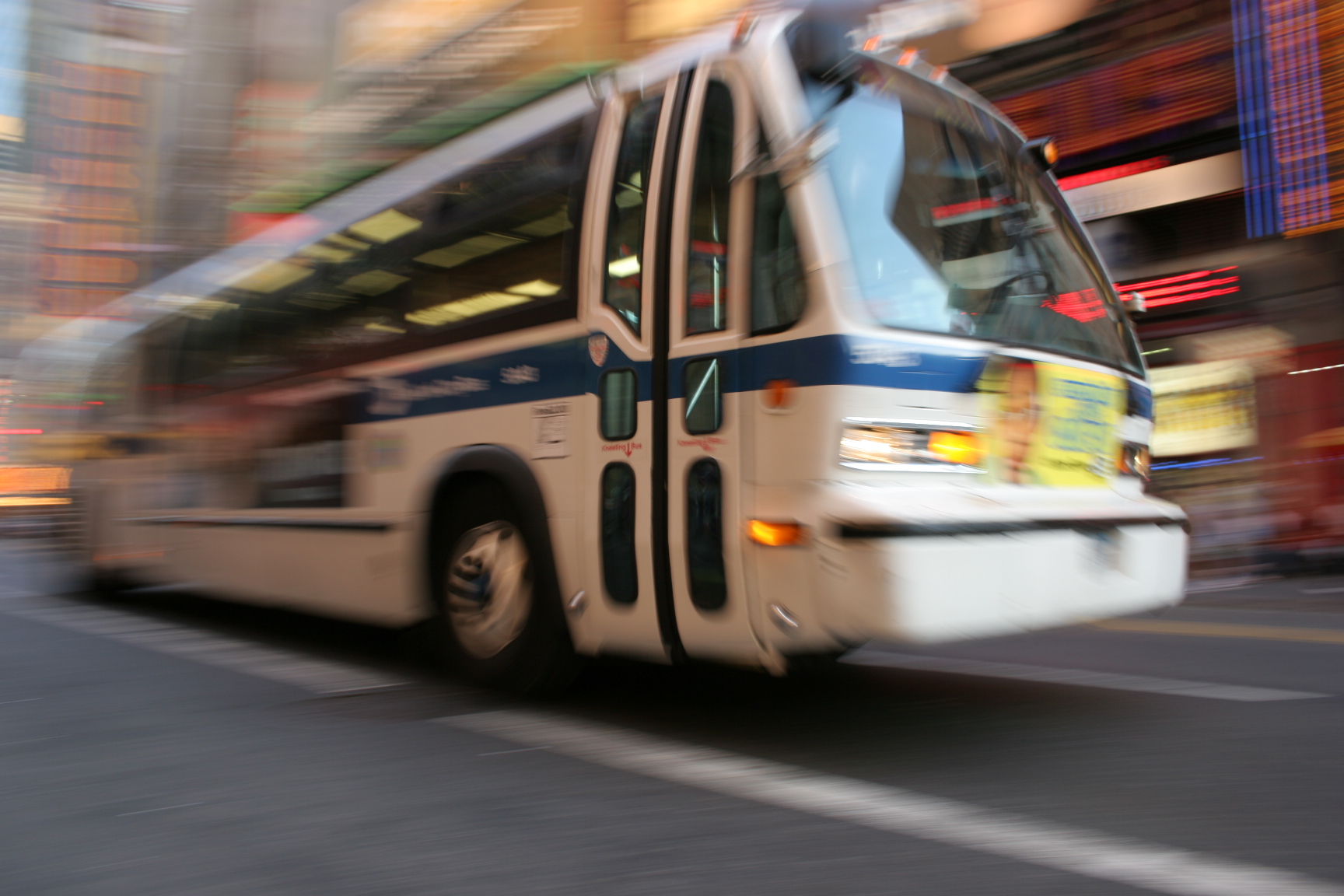Why replacing the bus with Uber is actually pretty smart
What if ride-sharing apps become an alternative to public transit? Some cities are beginning to experiment.


When people talk about Uber and Lyft, it's usually as an alternative to taxi companies. But what if ride-sharing apps become an alternative to public transit?
On Monday, Bloomberg ran a story about a Florida county whose voters rejected a plan in 2014 to increase local taxes to fund more buses and a light rail system. Two neighborhoods, including a dense working class one, complained they'd be stranded without those projects. So the Pinellas Suncoast Transit Authority (PSTA) came up with an unusual pilot program: Earlier this year, they started subsidizing Uber rides from those communities. Residents got 50 percent of their ride paid for by the PTSA — as long as it stayed under $3 — to get them to places where they could connect with pre-existing public transit. "The PSTA declined to give statistics about its ridership," Bloomberg reported, "other than to describe it as a success."
In August, the PSTA expanded the program to roughly 20 designated transit stops, and to low-income residents traveling after 9 p.m. Other towns in Florida, including Miami-Dade County, are working on related ideas with both Uber and Lyft. A suburb of Denver, Colorado, will also start a similar program with Lyft later this month.
The Week
Escape your echo chamber. Get the facts behind the news, plus analysis from multiple perspectives.

Sign up for The Week's Free Newsletters
From our morning news briefing to a weekly Good News Newsletter, get the best of The Week delivered directly to your inbox.
From our morning news briefing to a weekly Good News Newsletter, get the best of The Week delivered directly to your inbox.
"This is an area that has the potential to be a very significant part of Lyft’s work in the future," Emily Castor, director of transportation policy at Lyft, told Bloomberg. "How quickly will it progress from small pilots to being institutionalized in transit agencies? I think that’s harder to predict."
It's worth a try.
Traditional public transport — metros, light rails, subways, buses, etc — is championed by urban theorists because it moves more people using less resources and energy — especially compared to America's long-standing car culture, which relies on building huge systems of roads and highways. But now that we're stuck with highways and cars, how do we make better use of them? By encouraging people to use fewer cars.
That's where ride-sharing setups like Uber and Lyft come in. A hundred families could use 100 cars to get around, but those cars would spend at least 92 percent of their time parked. But if the cars were constantly shuttling people around, those 100 hundred families might really only need 5 or 10 total. At a theoretical level, that's basically what Uber and Lyft offer. Making the math even more favorable, the rise of the apps' carpool-style services, like Uberpool, allow an even smaller number of cars to serve more people.
A free daily email with the biggest news stories of the day – and the best features from TheWeek.com
Now, this is particularly important for suburbs, which sit on the outskirts of existing metro and subway systems. Because they're less dense, suburbs are particularly expensive to reach and support with public transit. And the big shifts in the U.S. economy are pushing more people in poverty into those neighborhoods. So government support for ride-sharing services has the potential to do a lot of good for places that need it the most — and for a lot less money, a particularly important concern in a time when Congress and many state legislatures are irrationally opposed to any new taxes or debt.
Such spending would also have a snowball effect. Should ride-sharing expand to become serious components of major American cities, fewer people would bother to own cars. They'd save money on the car payments, the insurance, the gas, etc, allowing them to purchase more rides instead. The way the glut of cars warps city design — in some metropolitan areas, one-third of the space is taken up by parking lots — would also be curtailed. If government subsidies were helping people buy rides, then the transformation would happen even faster and on a larger scale.
There are potential pitfalls. For one thing, ride-sharing apps require smartphones or mobile internet, which is obviously more challenging for poorer Americans. But mobile internet usage is expanding at a rapid clip amongst people with less income, so the problem might solve itself. If it doesn't, we could consider expanding access to smartphones for the poor.
Companies like Uber also don't have the best reputation for worker pay or treatment. But the big contribution of ride-sharing apps is the software platform, so cities could partner with worker-owned co-ops that provide a ride-sharing platform and service. There would also need to be regulations to make sure the services offer access to disabled Americans.
Put it all together and you're probably talking about public-private partnerships that look a lot different from PSTA's current setup with Uber. Bloomberg noted that the Kansas City Area Transportation Authority has partnered with a private company, Bridj, to provide an on-demand bus service that drops people off where they need to go. All the drivers are unionized, and instead of sharing the costs of fares, Bridj just gets a direct service fee from the city. This allows the Kansas City government a say in how Bridj is run.
Traditional public transit in cities across the country is, of course, valuable and worth keeping. But the political institutions that make decisions about public transit are plagued by inefficiencies and cost overruns. Until we repair those deep problems, it's important to remember that the one job government is definitely good at is writing checks.
Jeff Spross was the economics and business correspondent at TheWeek.com. He was previously a reporter at ThinkProgress.
-
 ‘Care fractures after birth’
‘Care fractures after birth’instant opinion Opinion, comment and editorials of the day
-
 Shots fired in the US-EU war over digital censorship
Shots fired in the US-EU war over digital censorshipIN THE SPOTLIGHT The Trump administration risks opening a dangerous new front in the battle of real-world consequences for online action
-
 What will the US economy look like in 2026?
What will the US economy look like in 2026?Today’s Big Question Wall Street is bullish, but uncertain
